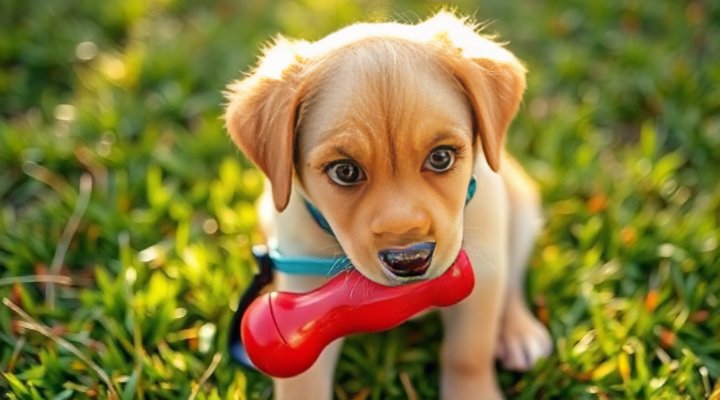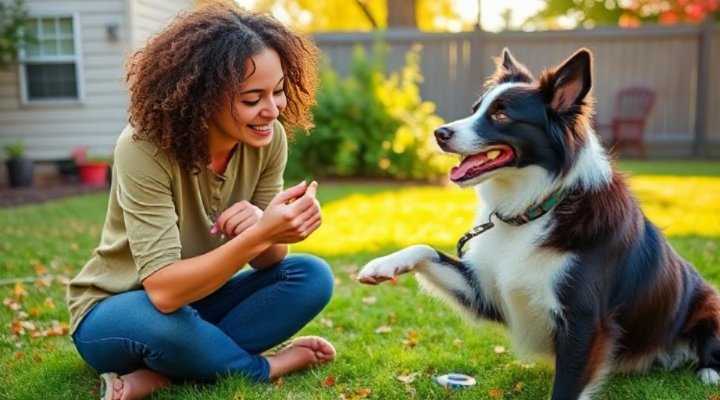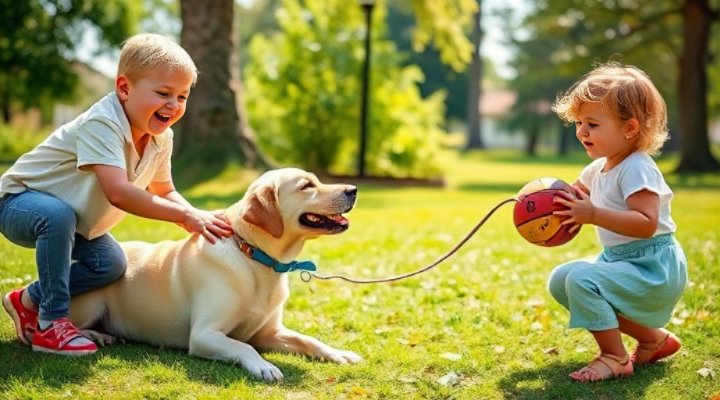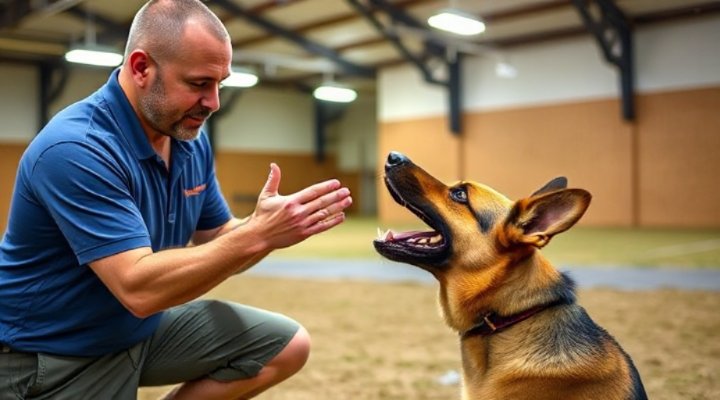Training your dog not to bite is one of the most important lessons you can teach your furry friend. Whether you have a playful puppy who doesn’t understand their strength or an adult dog with biting tendencies, this guide will help you address the behavior effectively.

Understanding Why Dogs Bite
Before we dive into how to train dog not to bite, it’s crucial to understand why dogs bite in the first place. Puppies naturally explore the world with their mouths, much like human babies. However, adult dogs might bite due to fear, pain, or territorial instincts. According to the American Veterinary Medical Association, proper training can significantly reduce biting incidents.
Puppy Biting vs. Aggressive Biting
There’s a big difference between playful puppy nipping and aggressive biting. Puppies often bite during play or teething, while aggressive biting is usually accompanied by growling or stiff body language. Our article on Training an Older Dog covers additional behavioral aspects.

Effective Methods to Train Dog Not to Bite
Now, let’s explore proven techniques to stop dog biting. Remember, consistency is key – these methods work best when applied regularly.
1. Bite Inhibition Training
This teaches your dog to control the force of their bite. When playing, if your dog bites too hard, let out a high-pitched “ouch!” and stop playing immediately. This mimics how puppies learn from their littermates.
2. Redirect to Appropriate Chew Toys
Always have approved chew toys handy. When your dog starts mouthing your hand, redirect them to a toy instead. Our guide on Crate Training includes great toy recommendations.
3. Positive Reinforcement
Reward your dog with treats and praise when they play gently without biting. This reinforces good behavior far better than punishment.

Prevention Tips for a Bite-Free Future
Preventing biting behavior is easier than correcting it. Here are some proactive measures:
- Socialize your puppy early by exposing them to different people, animals, and environments
- Never encourage rough play that involves biting, even playfully
- Teach children how to interact safely with dogs
- Consider dog socialization classes for proper interaction skills
The ASPCA provides excellent resources on dog behavior and training.

When to Seek Professional Help
If your dog’s biting seems aggressive or doesn’t improve with training, consult a professional. Our article on Training Aggressive Dogs offers guidance on finding the right help.
Remember, training your dog not to bite takes time and patience. Celebrate small victories and stay consistent. With these methods, you’ll build a safer, happier relationship with your canine companion.
Related Keywords: stop puppy biting, dog mouthing control, bite inhibition training, gentle dog training, prevent dog bites

